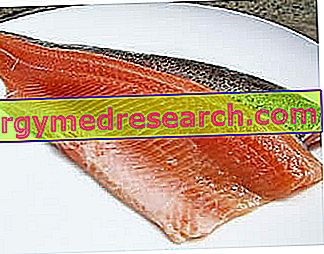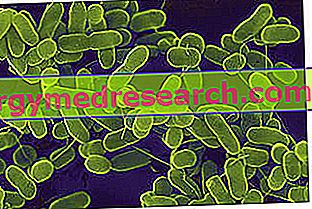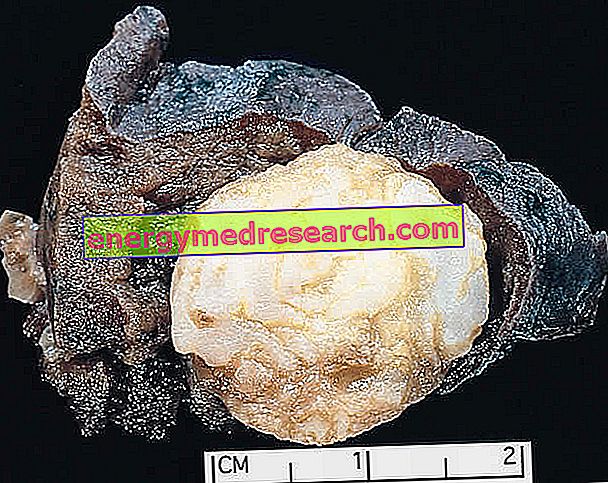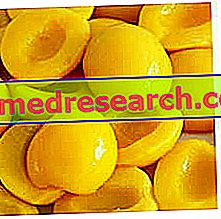Antioxidant power
Astaxanthin is a molecule extracted from Haematococcus pluvialis, a green alga known for its high antioxidant potential 1, 2.

Astaxanthin is used as an anti-photosensitizer, or as a molecule capable of inhibiting the side effects triggered by photosensitivity; the latter can be defined as an "overreaction to exposures, which tend to be harmless, to solar radiation included in the ultraviolet (UVA) or visible range".

Astaxanthin: chemical structure
Astaxanthin is an antioxidant that reduces photosensitivity reactions
Astaxanthin is the most powerful antioxidant known "to date"; it is now known that its effects of protection against free radicals are 550 times more powerful than tocopherol (vit. E).
By virtue of its antioxidant power, astaxanthin is also a molecule capable of reducing or eliminating the clinical manifestations of photosensitivity. These are similar to "intense sunburn" and represent skin alterations characterized by erythema, edema, papules, urticarial reactions (pruritus) associated with vesicles in the most exposed areas (apex of the ear, nose, cheeks, nape, forearms and back of the hands ); more rarely, the photosensitivity reaction extends to the whole body.
Astaxanthin positively affects fertility
Astaxanthin has been tested as a food supplement for increasing fertility in humans.
The first randomized study3 took place in double blind and observed the reactions following the integration with natural astaxanthin (AstaReal ', Gustavsberg, Sweden) and placebo in males of a sample of INFERTILE couples; the subjects presented a seminal fluid with reference values lower than those recommended by the World Health Organization (WHO - world health organization). Dietary supplementation with astaxanthin determined:
- The REDUCTION of Reactive Oxygen Species (ROS - oxygen free radicals) in seminal fluid
- Serum REDUCTION of inhibin B (a hormone that selectively inhibits the production of Follicle Stimulating Hormone [FSH or follicle stimulating hormone] responsible for sperm production)
- THE RISING of rapid linear sperm motility of spermatozoa
- NO SIGNIFICANT VARIATION of sperm morphology
- THE INCREASE of total pregnancy levels and monthly pregnancy of 54.5% and 23.1%, compared to the placebo group which, on the contrary, reported lower values: 11.2% and 3.6%.
Astaxanthin supplements: how to take them
As anticipated, astaxanthin is a provitamin A; its integration is not subject to particularly binding recommendations, but broadly it is recommended to take it for OS between 2 and 8mg / day.

Astaxanthin in foods
Astaxanthin is a lipophilic carotene, hence an easily identifiable purple red pigment. Its synthesis takes place exclusively in vegetable-type organisms (see Haematococcus pluvialis algae), which upon entering the food chain penetrate first into the meat of crustaceans (shrimp, prawns, crabs, etc.) and then into those of fish.
Typical examples of fish rich in astaxanthin are salmon and salmon trout (whose reddish meat is due to food supplemented by humans with small red crustaceans ... contrary to what one thinks, therefore, the salmon trout is NOT a cross between the trout and the salmon!).
Those among the readers who delight (or have dabbled) in the culinary arts with diligence will have noticed several times that, concluding the cooking of shellfish in the pan (for example, shrimp sautéed with brandy or in a lard scarf ), the remaining oil it takes on a pleasant reddish color. That pigment is precisely the axanthin which, thanks to the typical liposolubility, spreads rapidly in the fat of cooking crustaceans.
Bibliography:
- Iwamoto et al . - 2000
- Goto et al . - 2001
- Comhaire et al . - 2005
- Clinical Andrology - W.-B. Schill, FH Comhaire, Ti. B. Hargreave - Springer - pag 574



